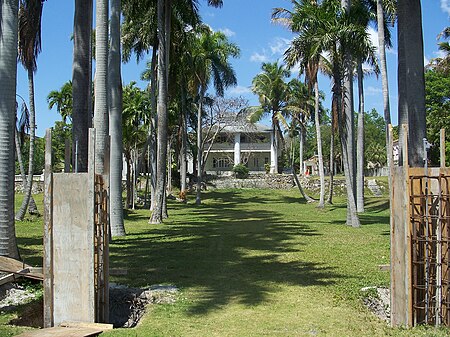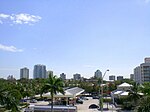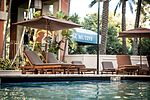Trapp Homestead

The Trapp Homestead (also known as the Caleb Trapp House and the Trapp Estate) is a historic home in the Coconut Grove section of the City of Miami, Florida, United States. It is located at 2521 South Bayshore Drive. On November 10, 1994, it was added to the U.S. National Register of Historic Places. The home was constructed in 1887 out of oolitic lime quarried locally by Caleb Trapp (aged 70, at the time) and his son, Harlan. During construction, the Trapps lived on a thatched hut at the front of the property. The property is believed to be the oldest-standing masonry home in Miami-Dade County, Florida. The estate's construction pre-dates the incorporation of the City of Miami. The estate was particularly notable at the time because it was one of the few stone structures in Miami-Dade County (then called Dade County), as nearly all structures in the area were built of wood at that time.
Excerpt from the Wikipedia article Trapp Homestead (License: CC BY-SA 3.0, Authors, Images).Trapp Homestead
Treasure Trove Lane, Miami
Geographical coordinates (GPS) Address Nearby Places Show on map
Geographical coordinates (GPS)
| Latitude | Longitude |
|---|---|
| N 25.733896833333 ° | E -80.232847 ° |
Address
Treasure Trove Lane
33133 Miami
Florida, United States
Open on Google Maps









